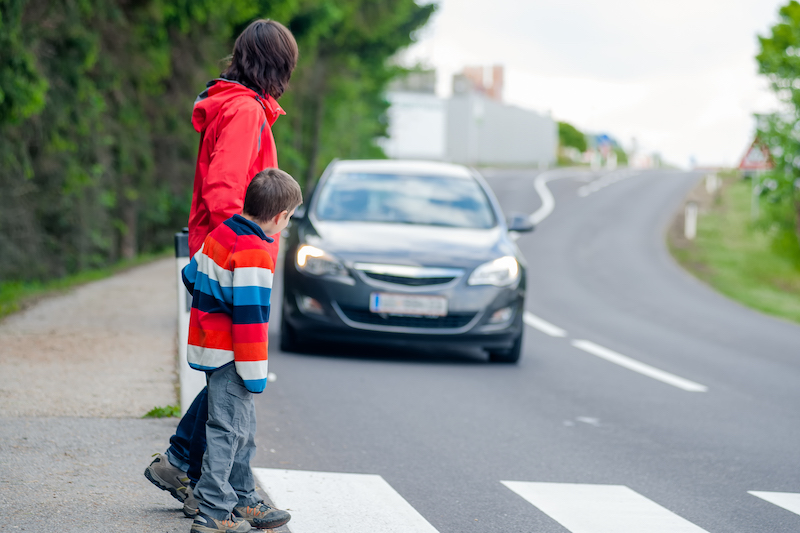According to data collected by the State Highway Safety Offices, 6,761 pedestrians were killed in the U.S. in 2020.
With both the Nashville, Tennessee and Bowling Green, Kentucky areas becoming increasingly more populated, it’s important to understand proper safety precautions when walking, jogging, or biking in urban and rural areas. We've compiled a list of useful tips to help keep you safe during your outdoor excursions.
Follow Road Signs & Signals
You wouldn’t carelessly run a red light while driving, right? Of course not! The same rules apply to pedestrians crossing the street. If the pedestrian traffic signal reads “DON’T WALK” or has a red hand indicating to stop, do NOT cross the street. Wait patiently until the signal reads “WALK” or the sign illuminates a person walking.
Stay Visible
When walking in conditions with reduced visibility (at night, during foggy weather, rain, etc.) be sure to wear bright colored clothing or a safety light and stay as far away from traffic as possible. Reflectors on bikes or reflective clothing materials are also great tools for staying visible to oncoming traffic.
Watch for Cars Backing Up
Most of us are guilty of putting the car in reverse before checking all of our surroundings. This happens a lot when backing out of driveways or parking lots, and even slow motor speeds can lead to serious injuries.
As a pedestrian, it’s important to keep in mind that the person who put the car in reverse may not have checked their surroundings before backing up. Approach cars with caution and give them as much space as possible.
Walk on Sidewalks Whenever Possible
As a pedestrian, if there’s a sidewalk, you should be on it. The safest place for pedestrians to be is as far away from the road as possible. If there’s no sidewalk, get as far away from the road as possible and face toward oncoming traffic so you can see what’s ahead of you or coming your way.
Never Assume; Make Eye Contact
Did you know that you can talk to drivers while trying to cross the street by simply looking them in the eyes? Body language is important for indicating intent. Making eye contact with drivers brings awareness to the driver and non-verbally says “I’m ready to cross now."
According to a study conducted in Vannes, France, when pedestrians made eye contact with drivers, 68% stopped for the pedestrians, compared with 55% of drivers who stopped without eye contact.
The next time you’re out and about, try practicing these pedestrian safety tips - they just might save a life.



